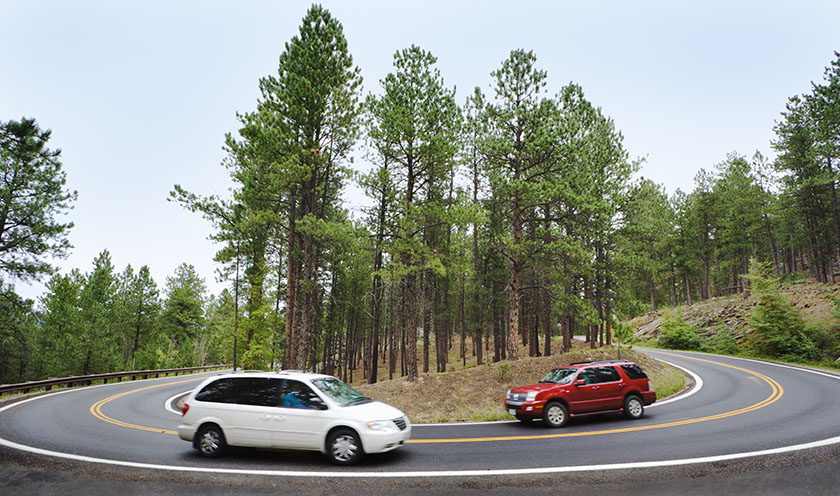Ask an Arity expert: Auto insurance and telematics trends in 2025 Read article


We’re more than one month into 2024, and we’re already seeing so many transportation-related headlines call out issues related to road safety and efficiency. For one, Arity President Gary Hallgren wrote an article in Fast Company highlighting the fact that even though we’ve seen so many technological advancements over the past ten years, the state of driving is getting worse instead of better.
While we all have a role to play in creating a smarter, safer, and more useful future of mobility, city planners and transportation engineers have a direct impact – and every decision can either increase or decrease the risk in how we get from point A to point B.
As cities kick off their initiatives for 2024 and beyond, here are four transportation trends to keep in mind.
Even though the growth rate of EV sales slowed in 2023 compared to prior years, we’re still expecting to see an increasing number of them on our roads with half of U.S. shoppers considering a “green car” (i.e., a hybrid or EV) for their next purchase. In fact, EVs are projected to make up 40% of total passenger car sales by 2030.
As these cars grow more and more prevalent on our roads, cities are tasked with making sure they have the infrastructure to support them – most obviously, their charging stations. But it’s also important for cities to understand the potential safety risks. For one, EVs are heavier than gas vehicles due to the weight of their batteries, and vehicles’ fatality risk for crashes increases 47% for every 1,000 pounds.
With this in mind, city planners and transportation engineers should proactively up-level their safety strategies to get ahead of this trend. Driving behavior data can help cities prioritize hot spots for driver risk, so they know where their time and resources will make the most impact in saving lives on our roads.
Speaking of driver risk, phone use while driving is also on the rise. According to Arity data, distracted driving levels increased 30% from 2019 to 2022. And in 2019 alone, this behavior resulted in over 10,000 fatalities and 1.3 million injuries.
Through our partnership with Michelin Mobility Intelligence (MMI), Arity driving behavior data can be used to identify specific locations, routes, or road segments that already have high levels of phone handling behind the wheel. With these insights, cities and other entities can make informed decisions on where to alter infrastructure to discourage and reduce the behavior.
Since 2020, commuting and traffic patterns have been shifting constantly, and we haven’t quite leveled out to a “normal” state. Remote and hybrid work environments, state-to-state migration, and recent shifts in transportation (like micro-mobility) are making it difficult to predict the ever-changing patterns.
With no foreseeable end to this trend, city planners and transportation engineers may want to invest in data that can help paint a complete picture of commuting patterns – if they’re not already doing so. A strong data mix might include traffic volume, speed insights, and driving behavior events.
While fully autonomous vehicles are still far from being a common sight on our roads, conditional automation – which requires human override – is in the works. This means that in the not-so-far-off future, cities will be responsible for dealing with this major transition in transportation.
Everyone will need to be prepared for this shift’s impact on road risk, and city planners and transportation engineers can play a proactive role in mitigating it. Driving behavior data can be a key tool to identify situations where self-driving cars are more likely to operate safely and locations of greater complexity where they shouldn’t.
For instance, intersections or road segments with high levels of speeding, hard braking, and crashes are likely not the best places for drivers to enable those autonomous features. And cities can consider measures to restrict its use in those areas.
Big changes are under way in the transportation industry! To keep up and even get ahead of these impacts, cities will need that strong data mix in place to best navigate shifts in road risk and traffic efficiency.
With more than 40 million active connections to U.S. drivers, Arity’s public sector solutions are able to provide valuable insights into driving behavior and traffic patterns:
Are you ready to get ahead of these trends in 2024? Connect with our team to learn how our solutions can help improve transportation in your city!